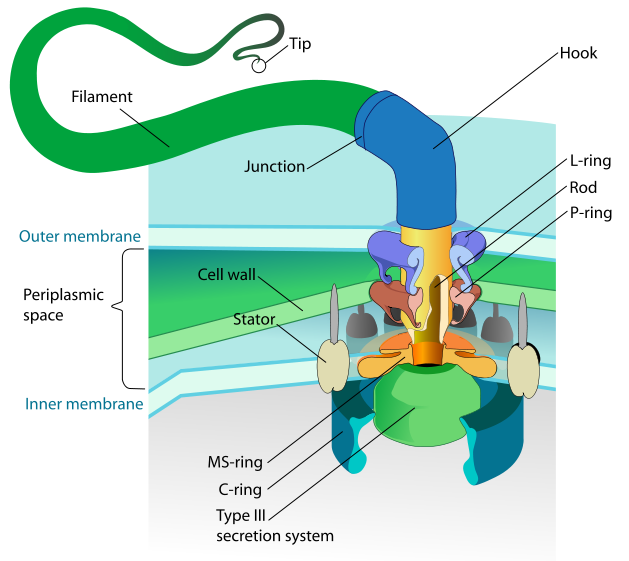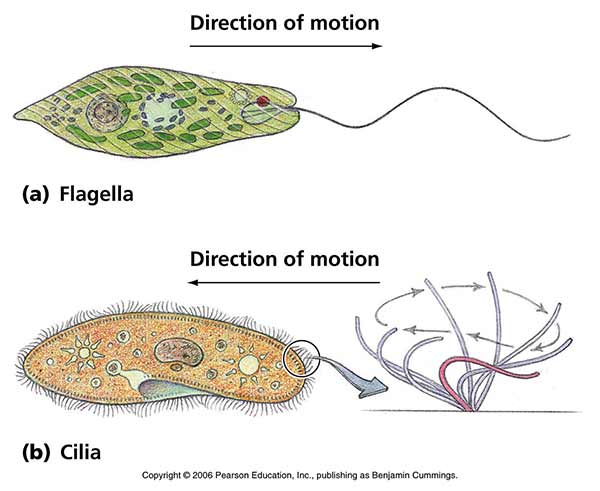


Given these properties, we discuss the motor's potential to serve as a multifunctional biosensor and a tool for characterising and studying the external environment, the bacterial physiology itself and single molecular motor biophysics.īacterial flagellar motor Bacterial physiology Biosensor Chemotaxis Mechanosensing Proton motive force Single molecular biophysics.Ĭopyright © 2020 Elsevier Inc. Chemiosmosis, Proton Motive Force, and Oxidative Phosphorylation. Assuming that bacteria are growing aerobically in the presence of plenty of glucose and that all systems are working at peak efficiency, how many glucose molecules must be metabolized to drive a single rotation of the flagellar motor 1040 104 30 15. Recently, it has been discovered that motor is also a mechanosensor. Rotation of bacterial flagella is driven directly by proton motive force. Motor's rotational speed is linearly proportional to the electrochemical gradients of either proton or sodium driving ions, while its direction is regulated by the chemotactic network. The network can sense down to nanomolar concentrations of specific chemicals on the time scale of seconds. It enables bacterial swimming and it is the key part of the bacterial chemotactic network, one of the best studied chemical signalling networks in biology, which enables bacteria to direct its movement in accordance with the chemical environment. Chemiosmotic energy coupling, as originally proposed by. Bacterial Flagellar Motor is one of nature's rare rotary molecular machines. We con- clude that the flagella are driven by a protonmotive force. A model is presented for the rotary motor that drives bacterial flagella, using the electrochemical gradient of protons across the cytoplasmic membrane.


 0 kommentar(er)
0 kommentar(er)
